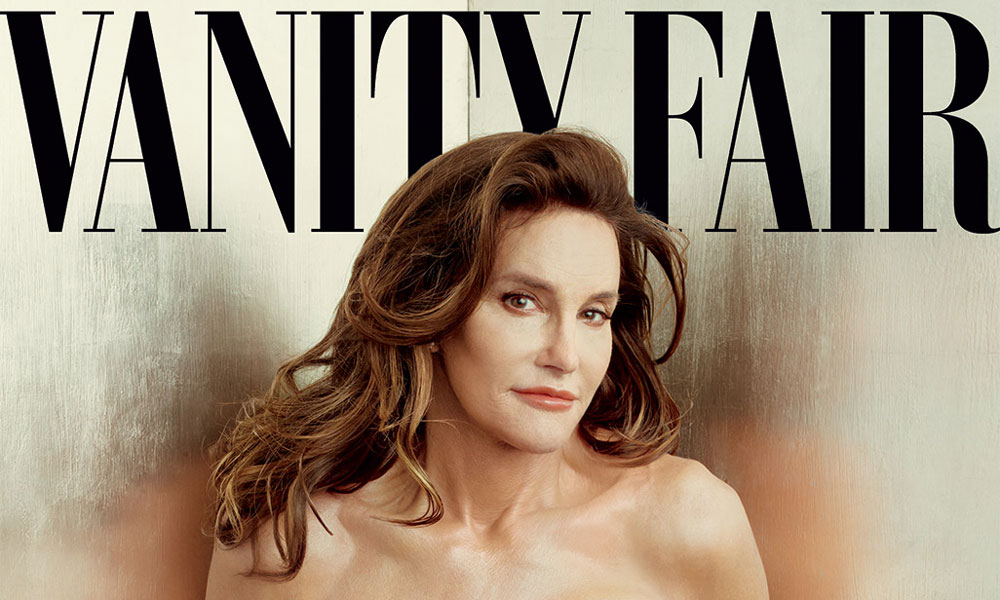
LGBT Media Group Advises Newsrooms on How to Tell Caitlyn Jenner Story
In an open letter to members of the media, the National Lesbian and Gay Journalists Association shared advice for how to properly cover the story of Caitlyn Jenner’s gender transition. The message: “Words matter.”<
In an open letter to members of the media, the National Lesbian and Gay Journalists Association shared advice for how to properly cover the story of Caitlyn Jenner’s gender transition. The message: “Words matter.”
Twice in the last two years, a high-profile person went through a very public gender transition, and twice the media found itself struggling with how to properly cover the story.
In 2013, then-Pfc. Bradley Manning asked to be called Chelsea and announced hopes of having gender-change hormone therapy while serving a prison sentence for leaking classified government documents. Despite her desire to be identified as a woman—and the Associated Press Stylebook’s clear-cut standard that newsrooms honor a transgender person’s wishes—numerous outlets continued to use “he” and “him” to refer to Manning.
This time, it was the AP itself that caused a stir with a since-deleted tweet that said Caitlyn Jenner made “his” debut as a transgender woman last week. The revised tweet (embedded below) avoided using the male pronoun altogether.
Bruce Jenner makes debut as a transgender woman in a va-va-voom cover for the July issue of Vanity Fair: http://t.co/YZ9m8Vg7go
— The Associated Press (@AP) June 1, 2015
For Adam Pawlus, executive director of the National Lesbian and Gay Journalists Association, both instances highlight the need for continued publicity around the issue of proper coverage of the LGBT community. NLGJA issued an open letter that offered guidance to media outlets.
“Words matter when telling a story,” Pawlus said in an email to Associations Now.
NLGJA, whose members include journalists, news executives, educators, and students, focuses on improving the understanding of LGBT issues and terminology in newsrooms. It provides a Stylebook on LGBT Terminology and frequently publishes open letters.
The goal of the letters, Pawlus said, is to help members of the media feel “more confident in their understanding of gender identity and transgender individuals.”
“We provide other resources in the attempts to preempt and prevent inaccurate or unfair coverage,” he said. “Inevitably, incorrect terminology or references appear in news coverage, and there have been examples in the Jenner coverage. Our goal is that these stories will only become more accurate by giving a fair account of transgender people and the LGBT community.”
Pawlus said that though coverage has improved over the last several years, there’s always room for improvement.
“There is still little media attention to average trans people and the issues they face every day,” he said. “We have come a long way to the coverage of celebrity trans people like Caitlyn Jenner or Chelsea Manning and coverage of transphobic responses. But we’re still working to see a fair representation of the whole community.”
The trick, he said, is keeping attention on the issue after the news cycle turns over.
“Our work at NLGJA continues to be relevant as there will consistently be ways that these issues can better be reported,” Pawlus said. “By increasing the confidence of writers and editors in the newsroom around the terminology of these stories, there will similarly be an increase in fair and accurate coverage.”






Comments